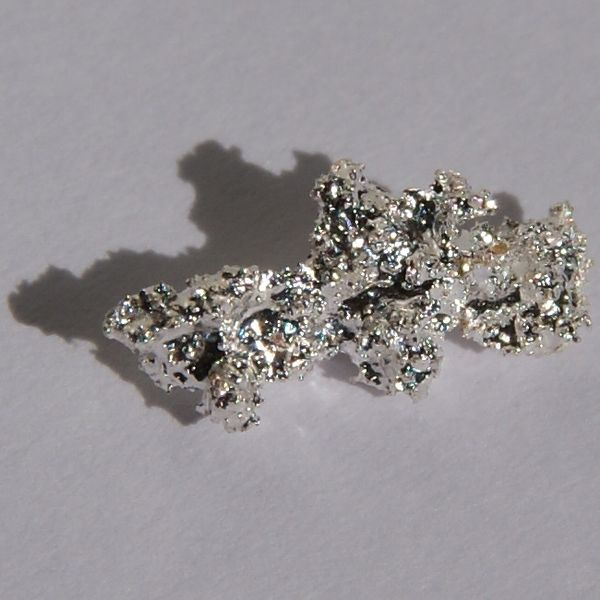Lifestyle
Silversmithing Basics

For as long as we have been digging precious metals out of the ground, people have been using their skills to turn a lump of metal into something beautiful to wear. Gold is the first metal which springs to mind for jewellery, but here in the UK gold is very rare, and the bulk of the jewellery which was made in centuries gone by was made from silver instead. As the price of precious metals has risen, silver is again becoming more popular.

Romans
Most of the world’s silver nowadays comes from the Americas, but in Europe we have been mining silver and turning it into coins and jewellery since ancient times. When the Romans invaded the UK around 43 AD, they brought with them the technique of extracting the silver from lead ore, which was in plentiful supply.
Silver was melted down and then used to make coins and other items of jewellery. Once the Romans had taught the technique to the local population, silversmithing remained after the Romans had departed.
Production
Once the smelter has turned the silver ore into a bar or a very thin sheet of silver, the craftsman gets to work to turn the raw material into whatever they are making that day. As well as being used for jewellery, silver is turned into much larger objects such as candlesticks, platters or bowls. The type of item being made will determine the tools used, with finer tools being used for intricate jewellery. Silver is relatively soft when compared with other metals, so the skill of the silversmith is knowing where to hit it and how hard.
Modern Production
Many silver items are now mass produced in a factory rather than hand crafted as they were in the past. Smaller manufacturers who use silver extensively, such as Danon earrings, still use many techniques that would be recognised by silversmiths of the past. When Danon earrings and other similar silver items are made, care is taken to ensure that even though each item is handmade, there is consistency so that to the non-expert eye everything is identical.
Hallmarking
The practice of stamping silver items as a guarantee of quality goes back to the year 1300 and has existed in much the same way ever since. In order for something to be hallmarked as sterling silver, it has to be at least 92.5% pure silver and it is stamped with marks to indicate what manufacturer made it, and where and when it was tested. Hallmarks can date an older piece of silver to the exacy year of manufacture, so knowing your hallmarks is essential when dealing with antique items.
Choosing Silver
The first thing to look for when buying silver apart from the design is whether or not it has a hallmark. A hallmark is a basic guarantee of quality, and if an item isn’t hallmarked it may be poor quality, or be produced overseas. A good jewellery or antiques retailer should be able to show you where items are hallmarked and explain what the different symbols mean.
Featured images:
License: Creative Commons
image source
Morag Peers is a regular blogger with a keen interest in jewellery and fashion
-

 Tech11 years ago
Tech11 years agoCreating An e-Commerce Website
-

 Tech11 years ago
Tech11 years agoDesign Template Guidelines For Mobile Apps
-

 Business6 years ago
Business6 years agoWhat Is AdsSupply? A Comprehensive Review
-

 Business10 years ago
Business10 years agoThe Key Types Of Brochure Printing Services
-

 Tech8 years ago
Tech8 years agoWhen To Send Your Bulk Messages?
-

 Tech5 years ago
Tech5 years ago5 Link Building Strategies You Can Apply For Local SEO
-

 Law5 years ago
Law5 years agoHow Can A Divorce Lawyer Help You Get Through Divorce?
-

 Home Improvement6 years ago
Home Improvement6 years agoHоw tо Kеер Antѕ Out оf Yоur Kitсhеn































